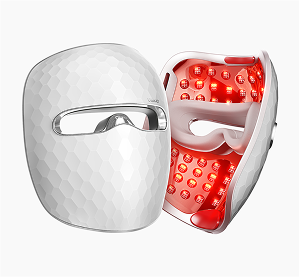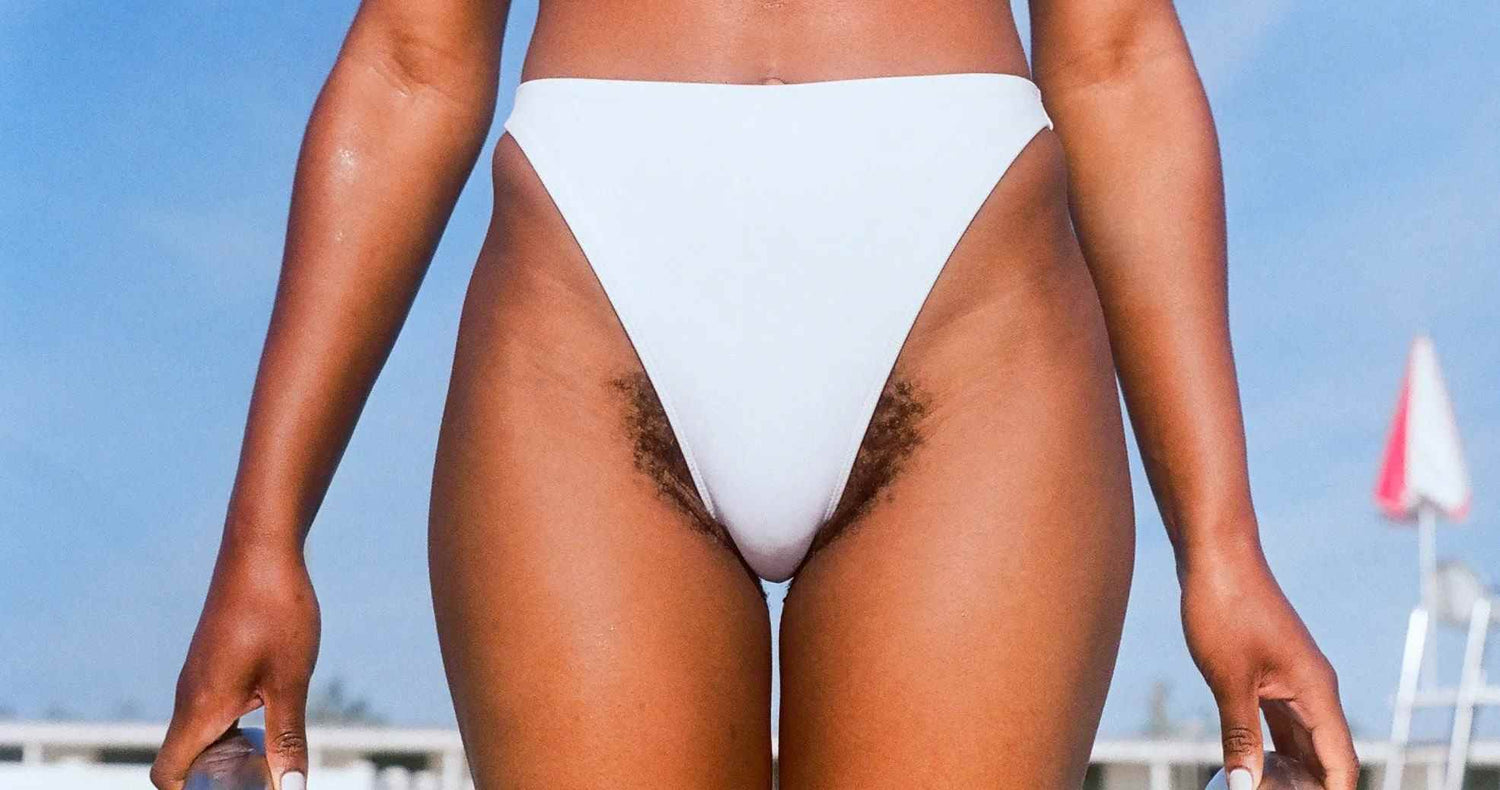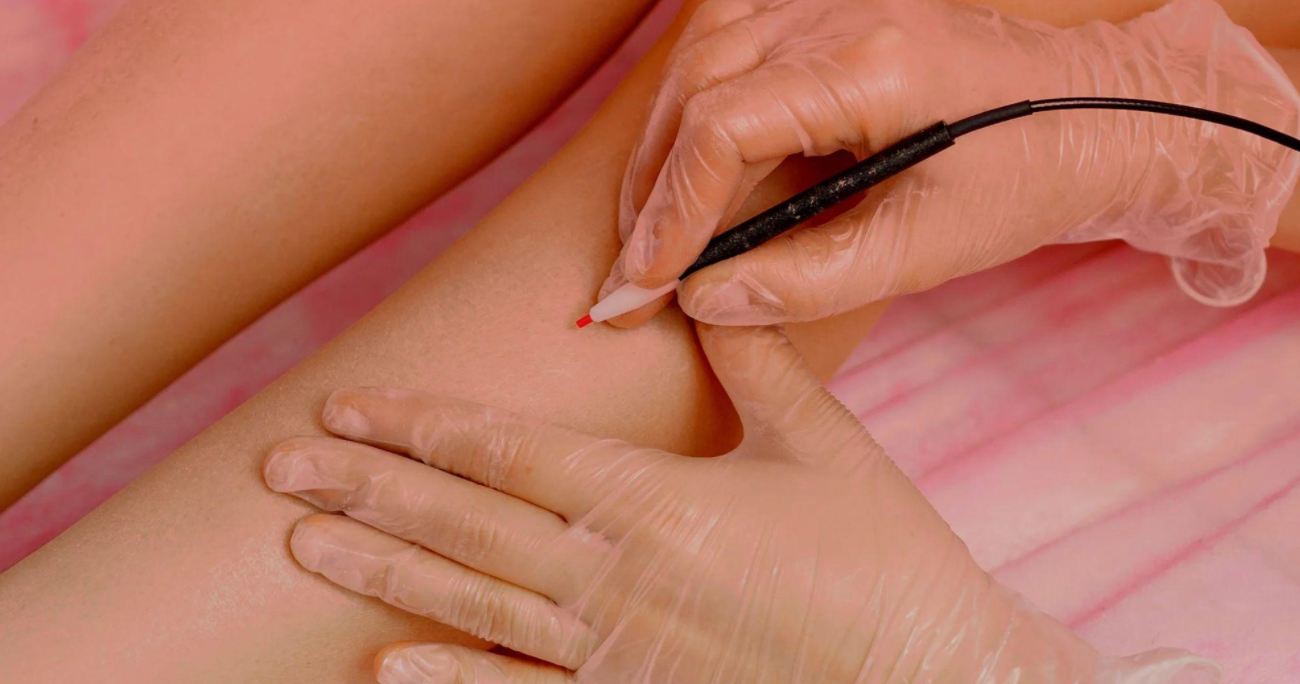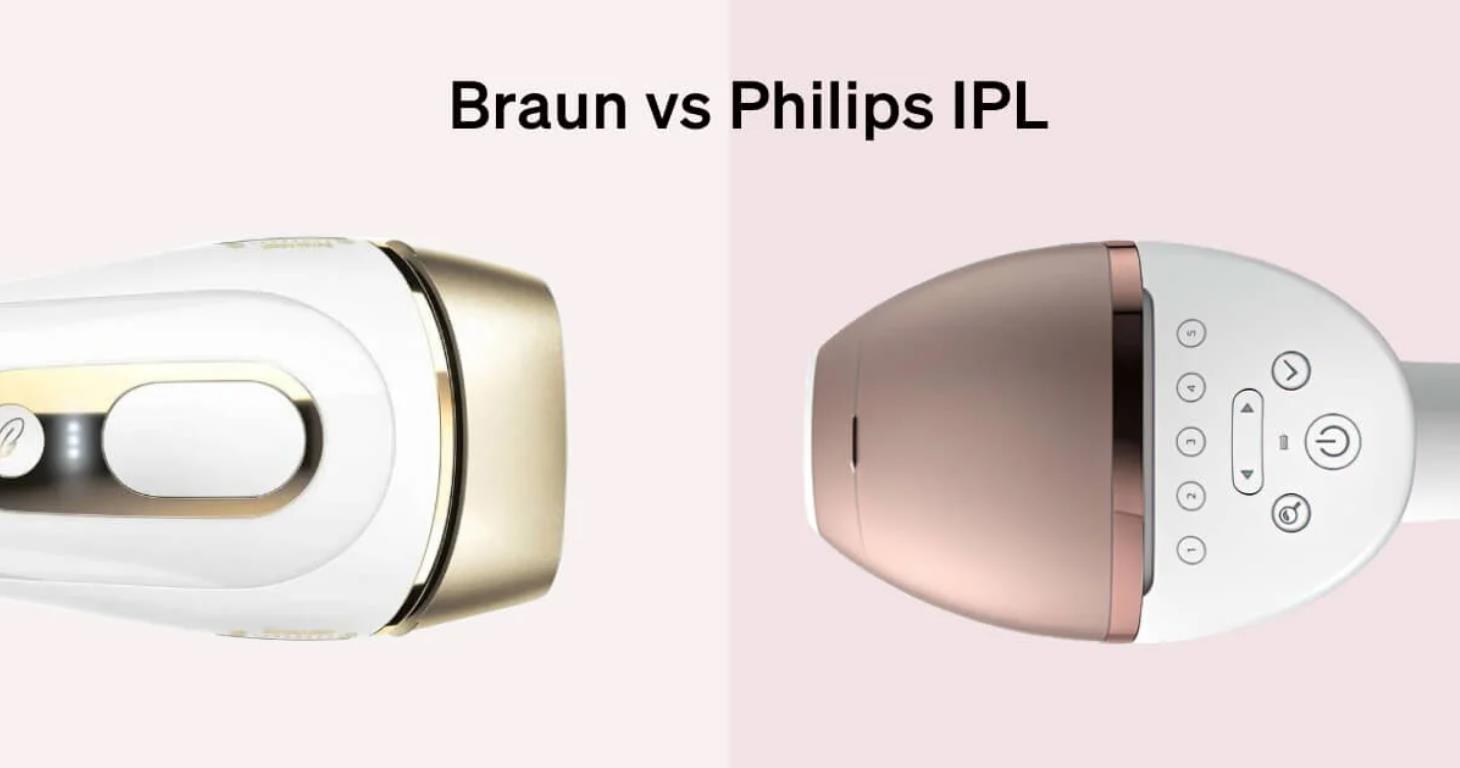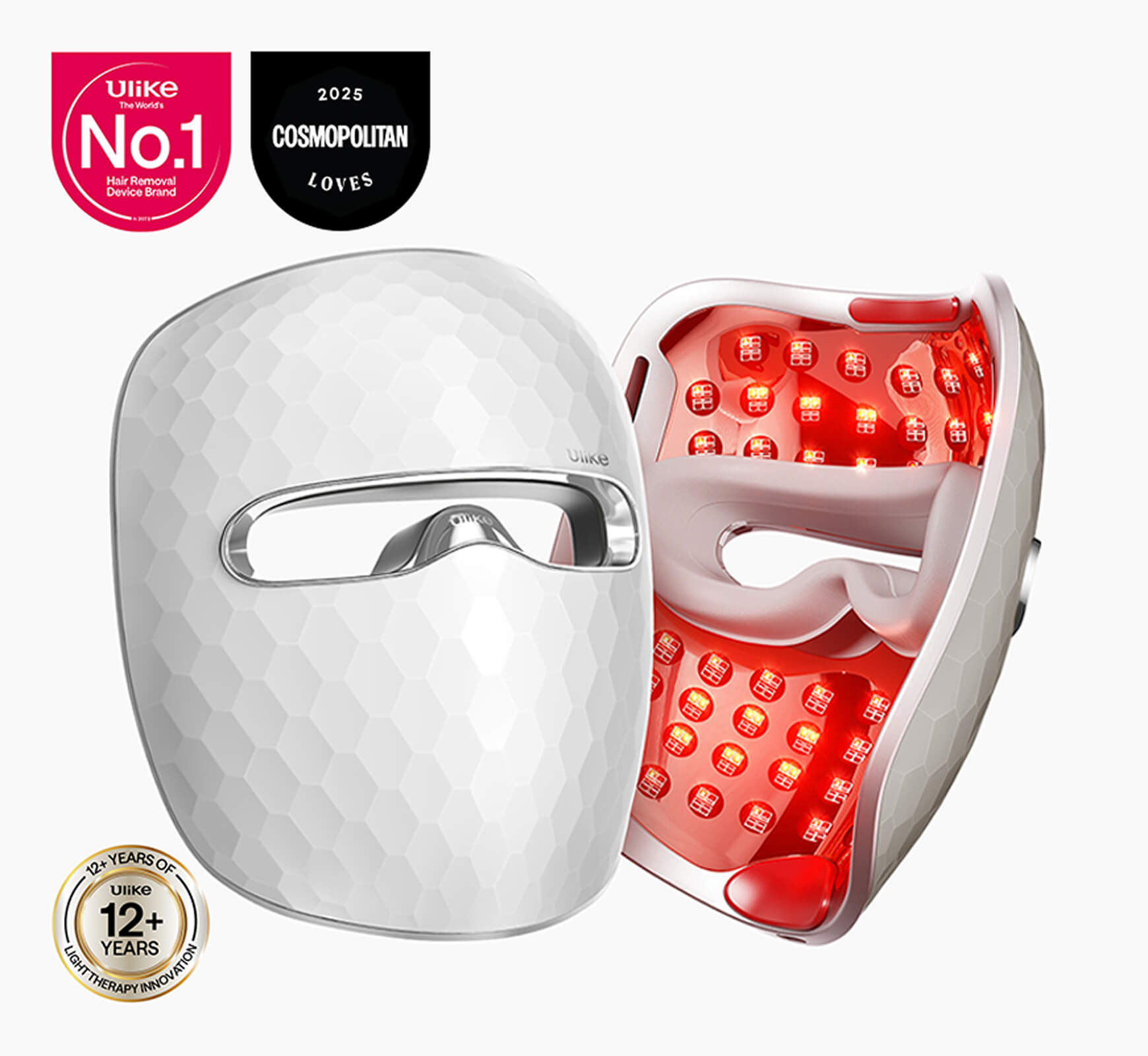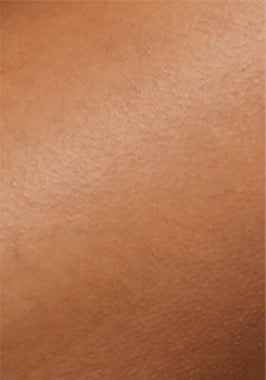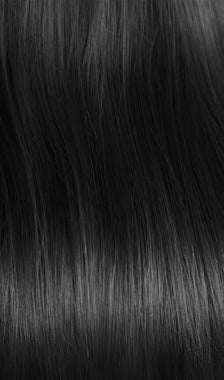Gingers are those with orange, red or ginger hair. Many often wonder if individuals with these hair colours have pubes of the same colour as well. This depends on ginger to ginger, some may and some may not. It is best advised to not ask gingers such questions instead look up the question on the internet.
This article provides answers to the question ‘Do ginger have ginger pubes?’ and explains the reasons and factors behind ginger pubes. It clarifies misconceptions that surround ginger pubes and further dives into discussing beauty standards and the essential need for body acceptance among all.
Table of Contents:- Part 1: Are Ginger Pubes Real?
- Part 2: Why Do Gingers Have Ginger Pubes?
- Part 3: Ginger Pubes Are Acceptable
Are Ginger Pubes Real?
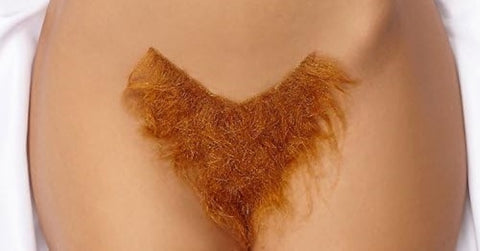 Yes, ginger pubes are real. The presence of melanin causes hair colour. In the case of ginger pubes, there are two proteins that play an active role in causing ginger or red colour pigmentation on the hair. The ratio and distribution between Phaeomelanin and Eumelanin are what determine ginger pubes. Pubes with little Pheaeomelanin and excessive Eumelanin will turn out to be ginger pubes.
Yes, ginger pubes are real. The presence of melanin causes hair colour. In the case of ginger pubes, there are two proteins that play an active role in causing ginger or red colour pigmentation on the hair. The ratio and distribution between Phaeomelanin and Eumelanin are what determine ginger pubes. Pubes with little Pheaeomelanin and excessive Eumelanin will turn out to be ginger pubes.
Although, ginger pubes are real. It is often a rare occurrence for one to have ginger pubes. Only 1% to 2% of the world’s population have ginger or red hair, among them the percentage of those who have ginger pubes is even lower.
Why Do Gingers Have Ginger Pubes?
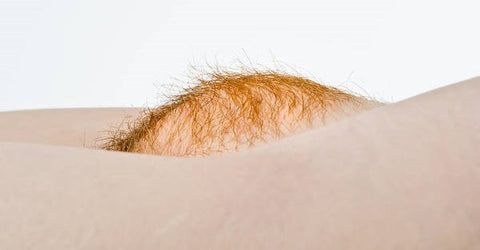 Pigmentation
Pigmentation
Pigmentation plays a huge role in gingers having ginger pubes. It is a chemical pigment that adds colour to the hair or the skin. Melanocyte cells use information from the DNA to create a chemical pigment called melanin, this pigment is created in protein clusters that are also known as melanosomes.
These melanosomes are then transported to the hair follicles, which further causes an interaction between them and the keratin cells that are responsible for producing hair. This finally results in the colouring of hair. This colouring of hair is caused by two other melanins known as eumelanin and pheomelanin.
Eumelanin consists of pigments for darker hair shades such as brown and black, Pheomelanin consists of pigments for lighter shades like red, orange, ginger, pink etc. An increase in any one of the melanins leads to dark or ginger hair. Individuals with a higher percentage of eumelanin have darker hair colour. Meanwhile, those with a higher percentage of pheomelanin in the pubic area end up having ginger hair.
Genetics
Genetics has an important role to play when it comes to ginger pubes. Melanocyte cells that create melanin also contain a protein called melanocortin 1 receptor, also shortly known as MC1R. This MC1R is a recessive gene found on chromosome 16.
When these receptors are turned on, eumelanin is produced. Similarly, when these receptors are not activated pheomelanin is produced thus resulting in ginger pubes. Since the MC1R is a recessive gene, it requires two copies inherited from each parent for the trait to be observed.
To put it in simple words, if both parents are gingers, it is possible for the child to have ginger hair and likely develop ginger pubes. If only one parent has ginger hair, there’s a 50% chance that the child will develop ginger pubes. If there are two non-ginger parents with the recessive genes, then, the child is 25% likely to develop ginger pubes.
Pubic hair can differ in colour, and the colour of it is most closely linked to the colour of the eyebrows. This depends completely on the pigmentation available to the hair in the pubic region. One’s pubic hair may not necessarily coincide with the colour of the hair on their head or body. Pubic hair ranges in different colours such as brown, black, red, ginger, grey and blonde. However, having ginger pubes is more of a rare occurrence when compared to other pubic hair colours. Less than 1-2% of the world’s population is known to have ginger pubes.
Ginger Pubes Are Acceptable
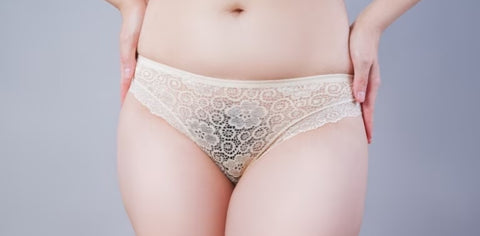 People often have varied misconceptions about red pubes such as:
People often have varied misconceptions about red pubes such as:
All gingers have ginger pubes
This is a commonly witnessed misconception that follows ginger pubes. Not all those with ginger hair will necessarily have ginger pubes. Some of them may have black, brown or blonde pubes. Only a small percentage of gingers actually have ginger pubes.
Ginger pubes are often considered a sign of negativity
In many Middle Eastern cultures, ginger pubes are often associated with women with ill repute such as prostitutes. During the mediaeval era, Europeans considered ginger pubes as a sign of witchcraft and evil worship. However, ginger pubes have nothing to do with either. It is simply an outcome of a biological process.
Those with ginger pubes are believed to have been conceived during menstruation
A ridiculous myth that follows around the topic of ginger pubes is that those with ginger pubes were conceived during menstruation. Menstruation plays absolutely no role in determining the child’s pubic hair colour, it is the melanin that does so.
Those with ginger pubes tend to have more partners
For the longest time, gingers are believed to be promiscuous individuals with multiple partners. However, this is completely false. One’s romantic or sexual life is not determined by the colour of their pubes. It is solely a personal choice made by individuals independent of the colour of their pubes.
Due to so many misconceptions existing around the topic of ginger pubic hair, one must understand that it is not a defect or anything unusual, Although societal beauty standards state that black, brown or blonde pubic hair is the norm, it may not be necessarily true. Those with ginger pubes are also just as normal and must embrace themselves for who they are.
Pubic hair is of different colours and varies from individual to individual. Some may have darker shades of hair such as black or brown, some may have blonde and others may have ginger pubic hair. It is essential to know that ginger pubes are normal hair colour and accept it for what it is = instead of building stereotypes around it.
Conclusion
This article covers all the necessary details on ginger pubes, what it is and how it is caused. It goes further and explains the reasons behind the occurrence of ginger pubes. It also helps readers break out of common misconceptions and stereotypes built around the topic. Further in the article, a brief on self-acceptance and accepting differences is given.
Although one may differ from another in terms of colour, shape and size. It is vital to remember that acceptance is key. Judging someone’s personality and lifestyle solely based on their pubic hair colour does no good and fosters hatred. Accepting all regardless of their unique features is the need of the hour today.




